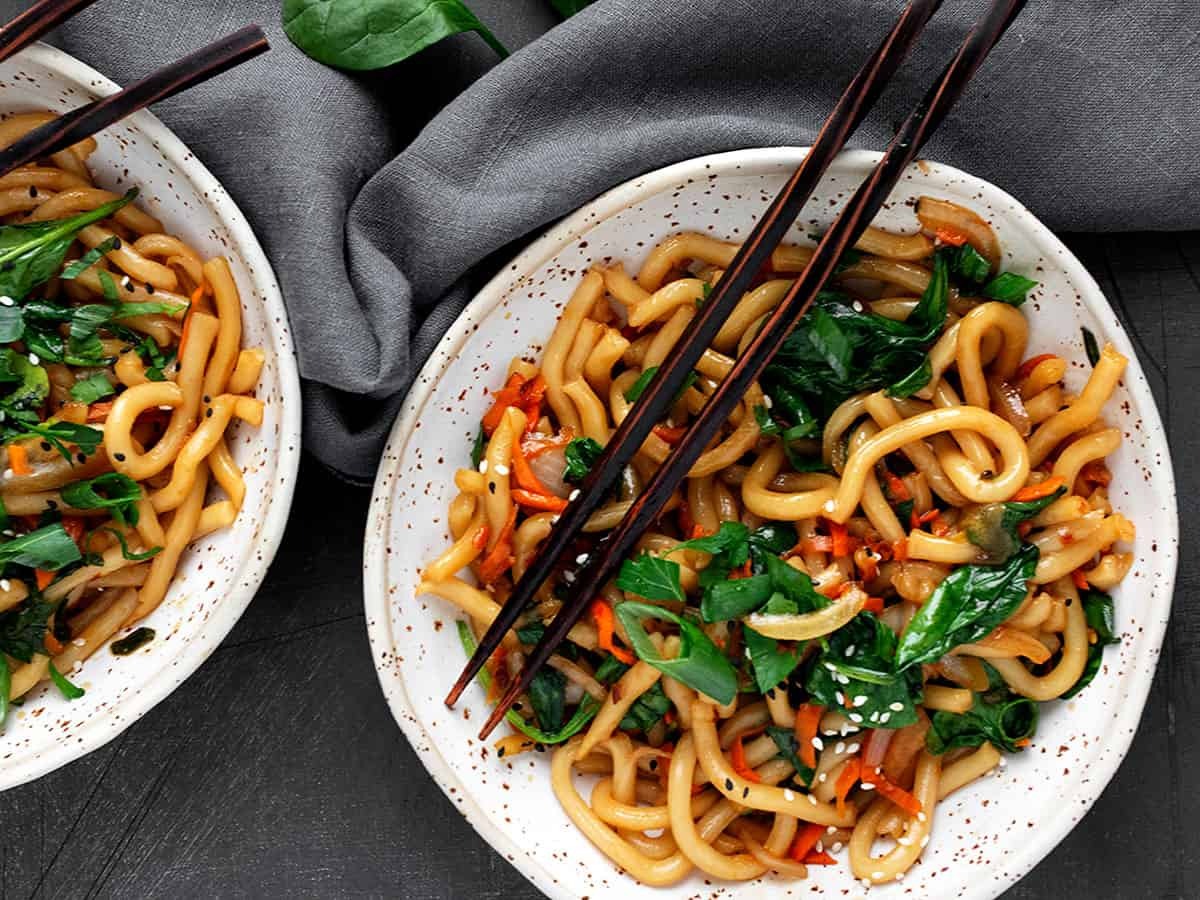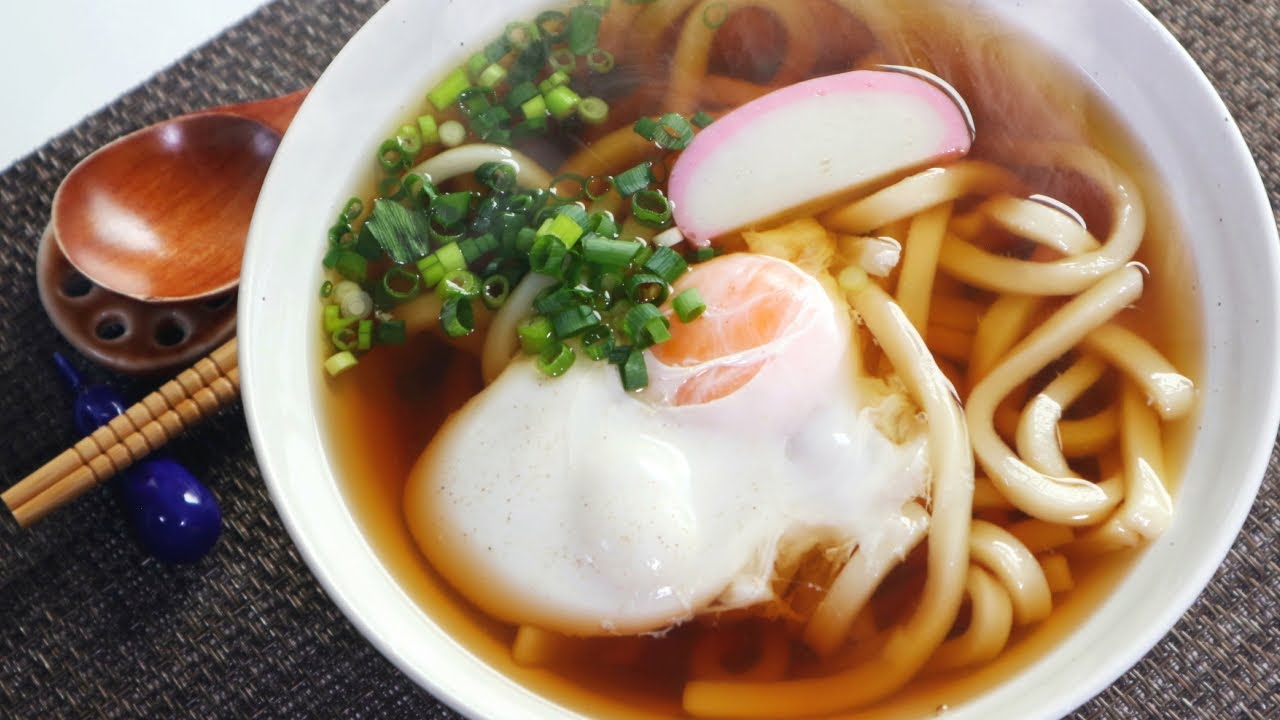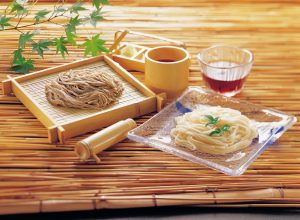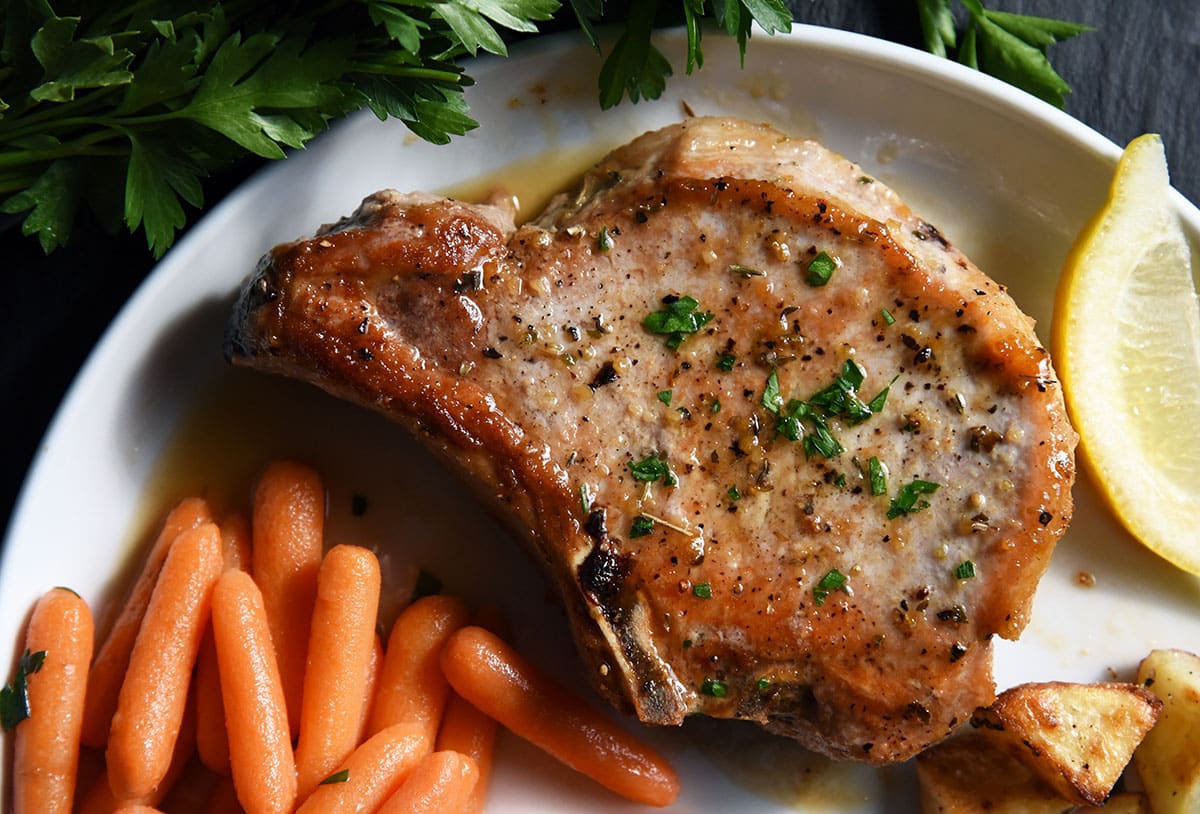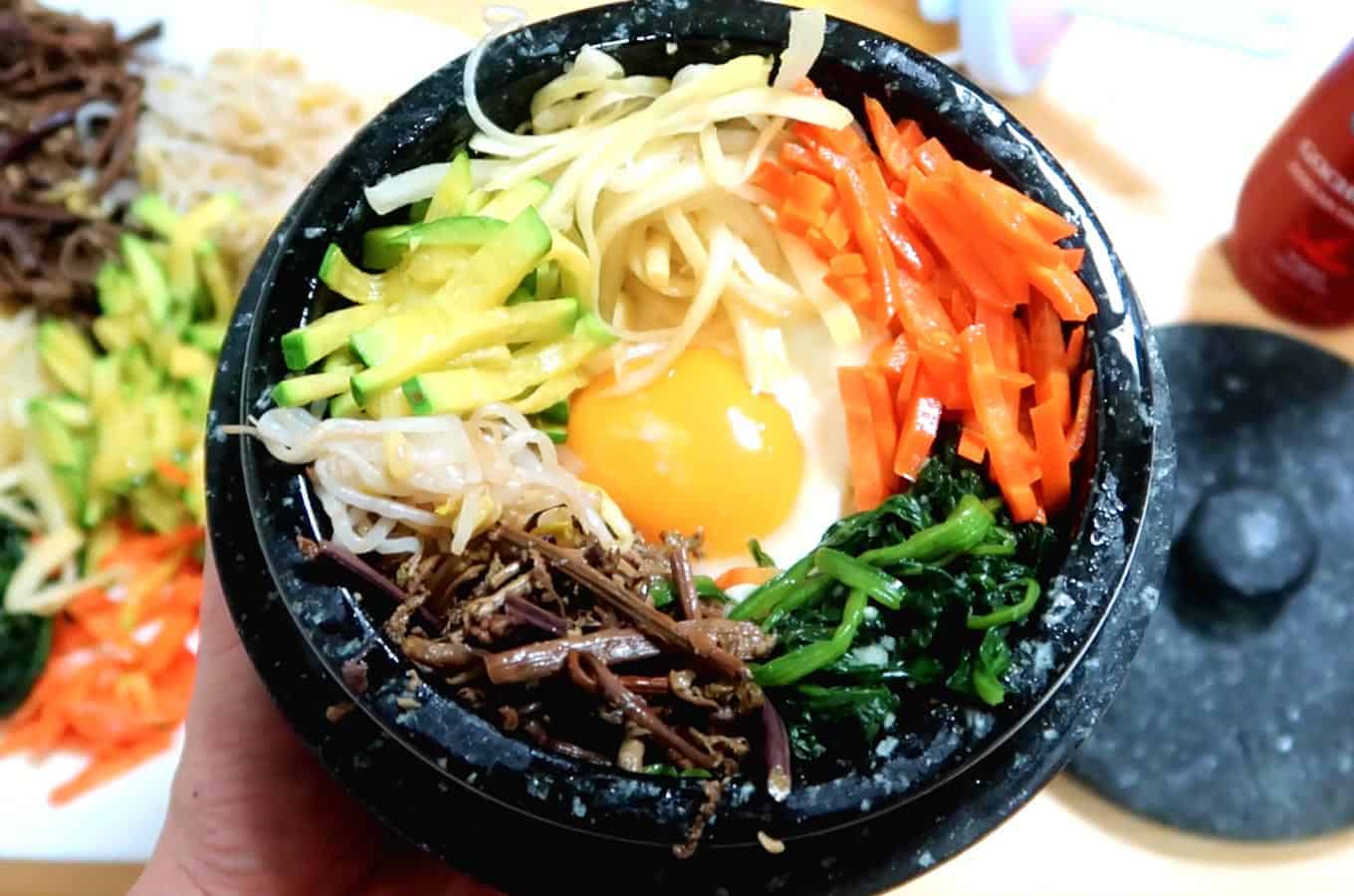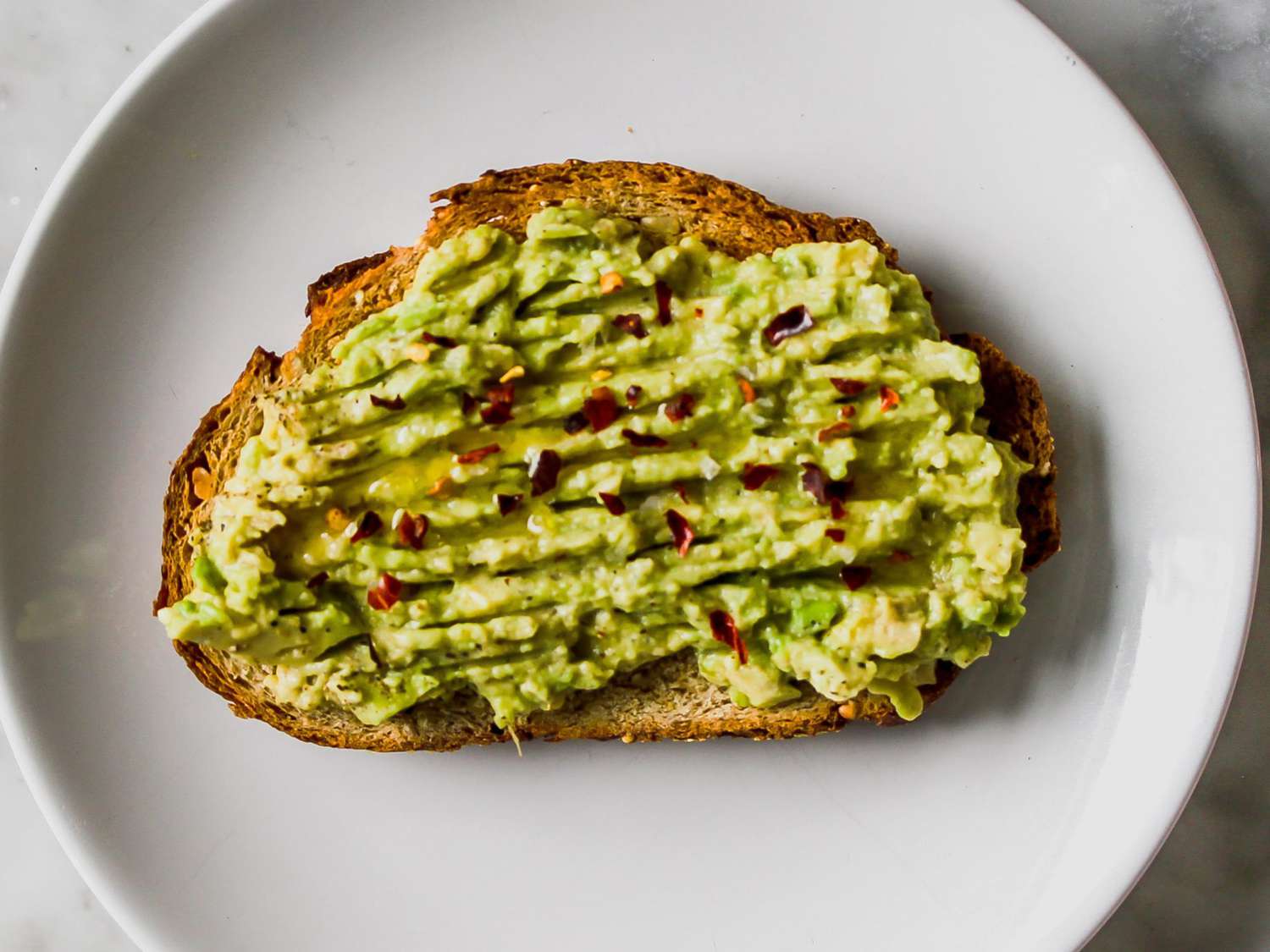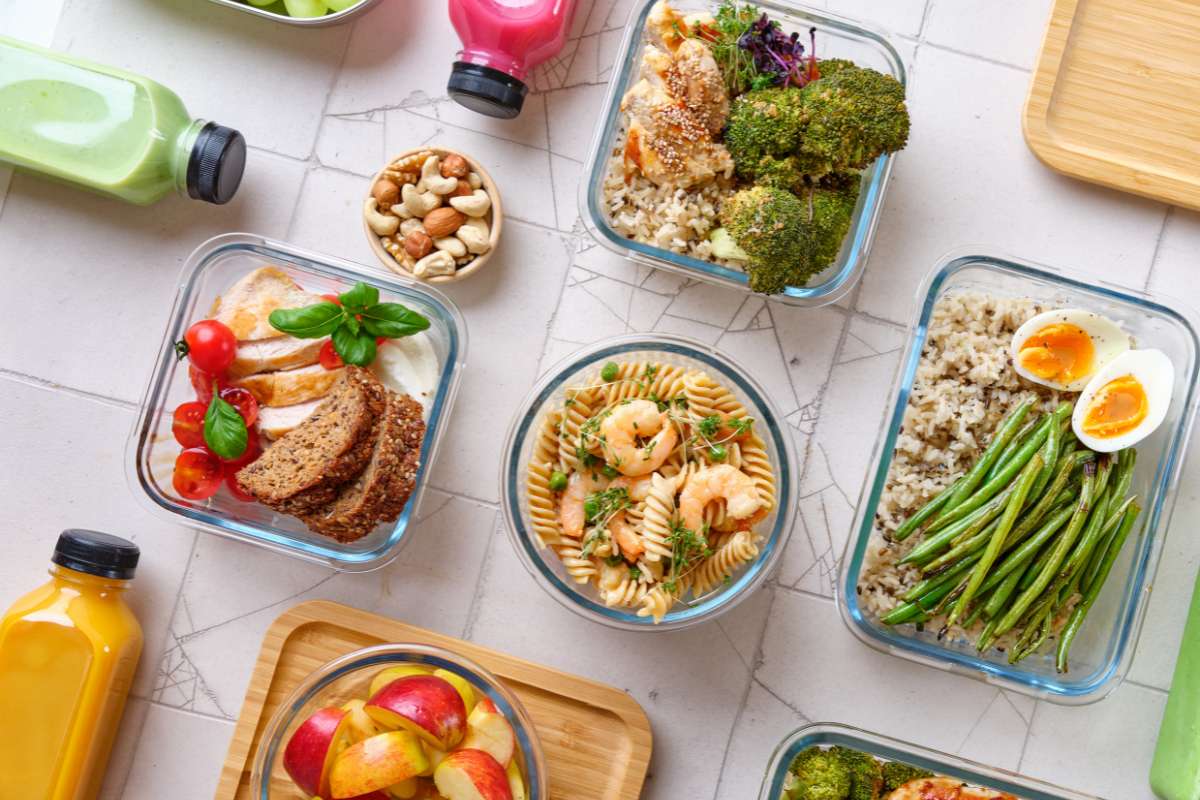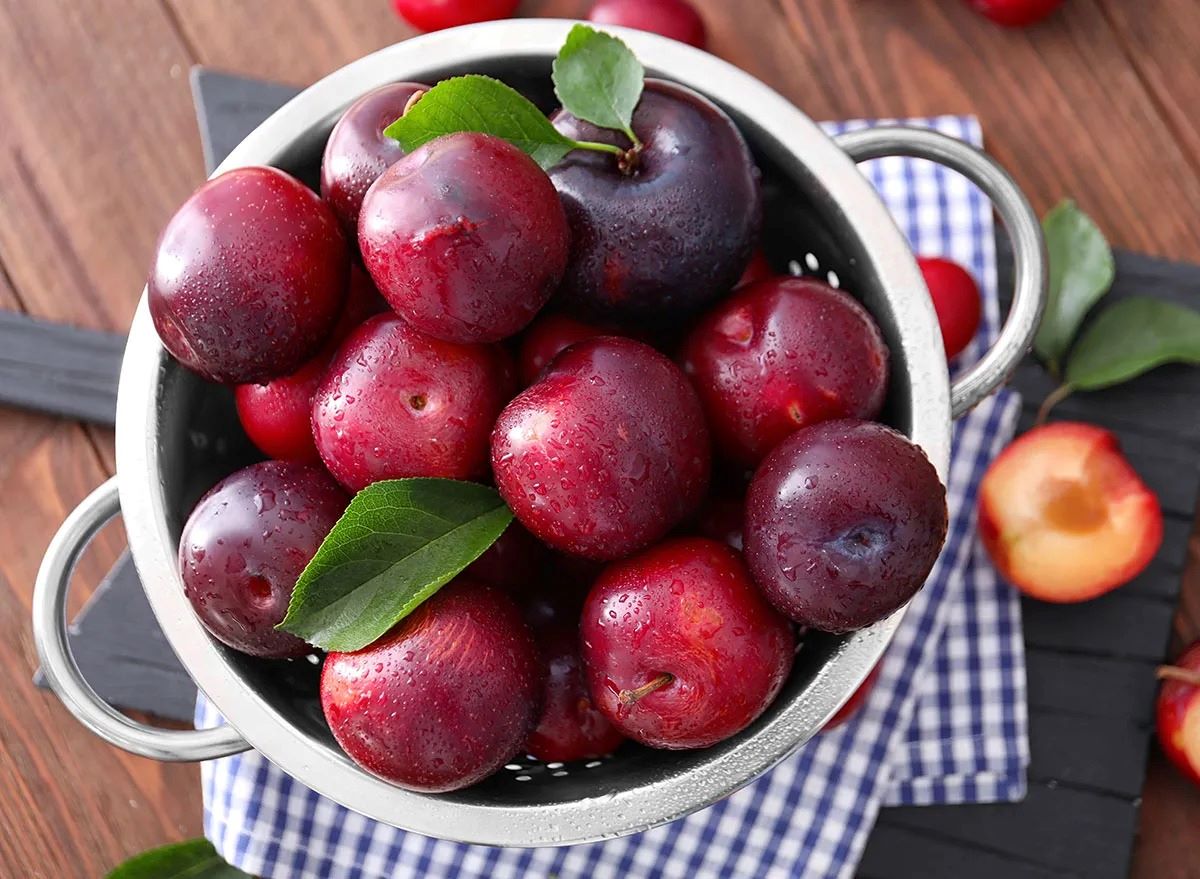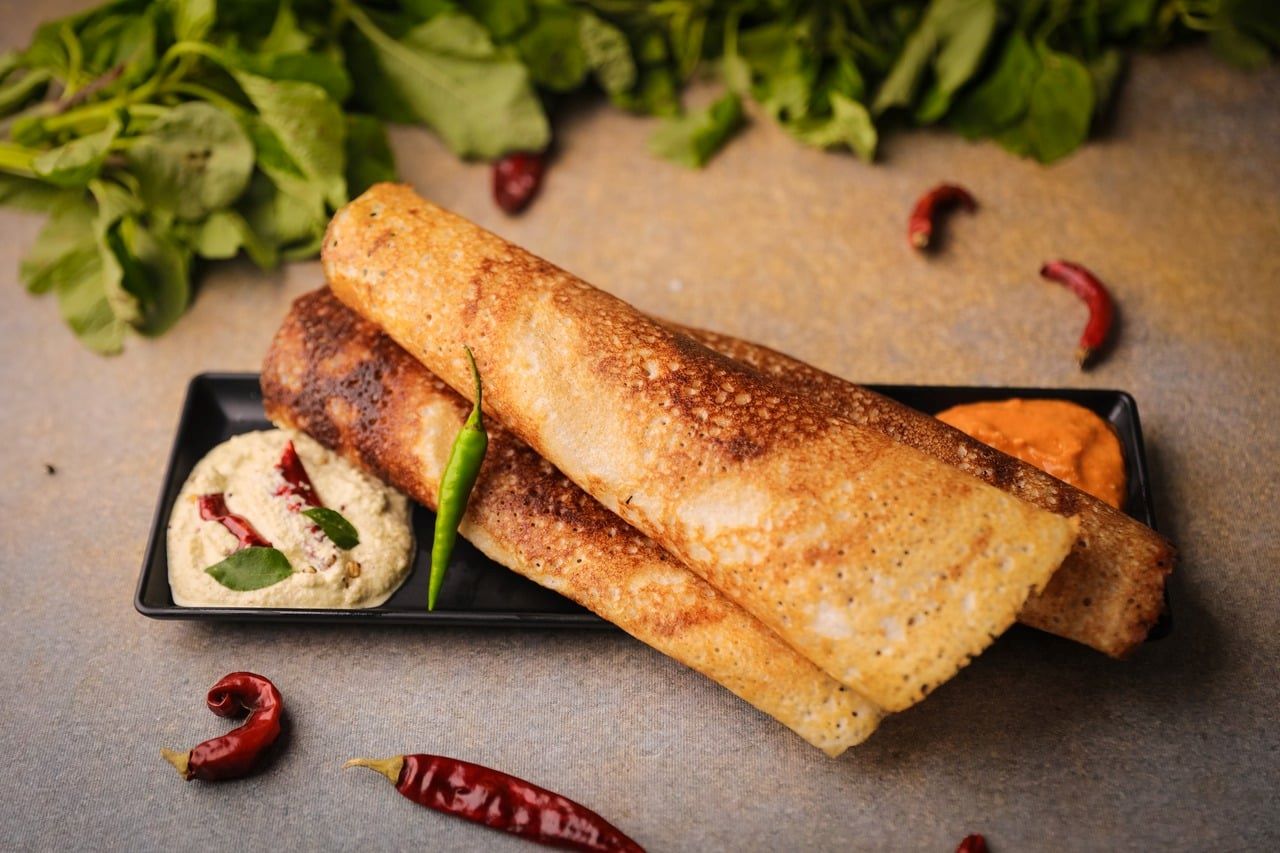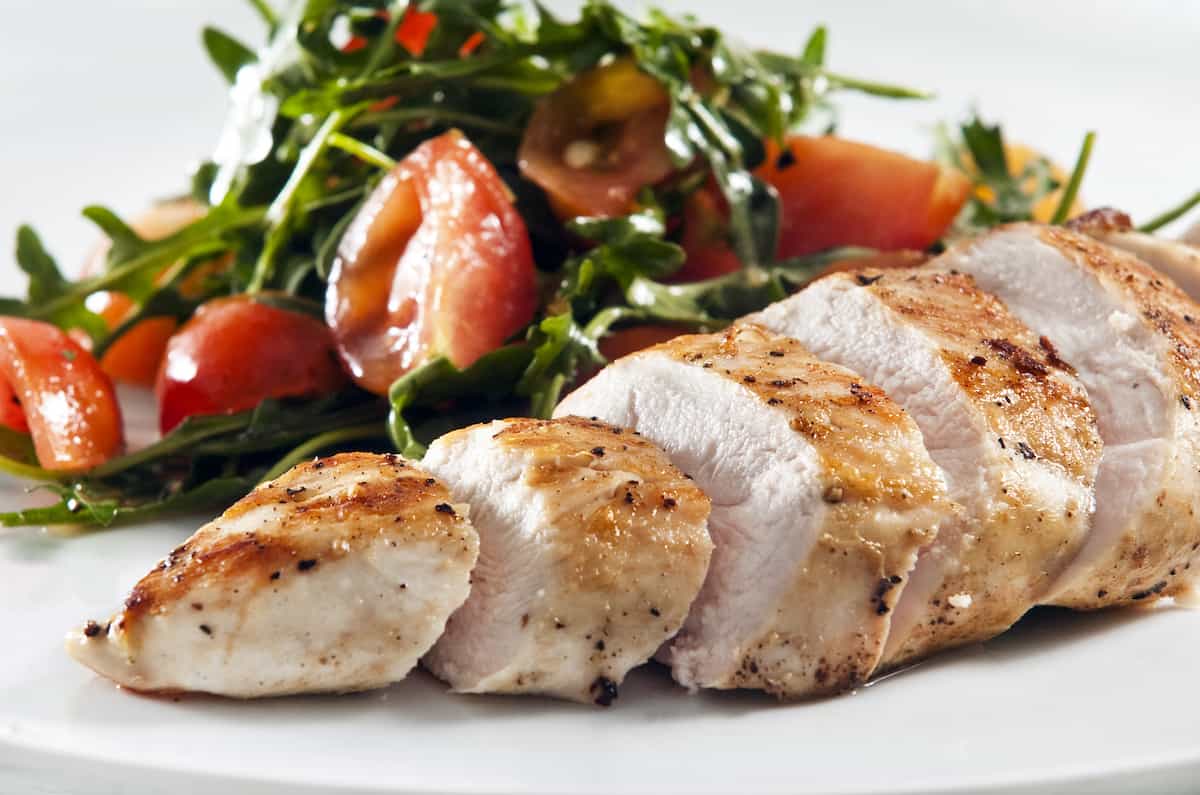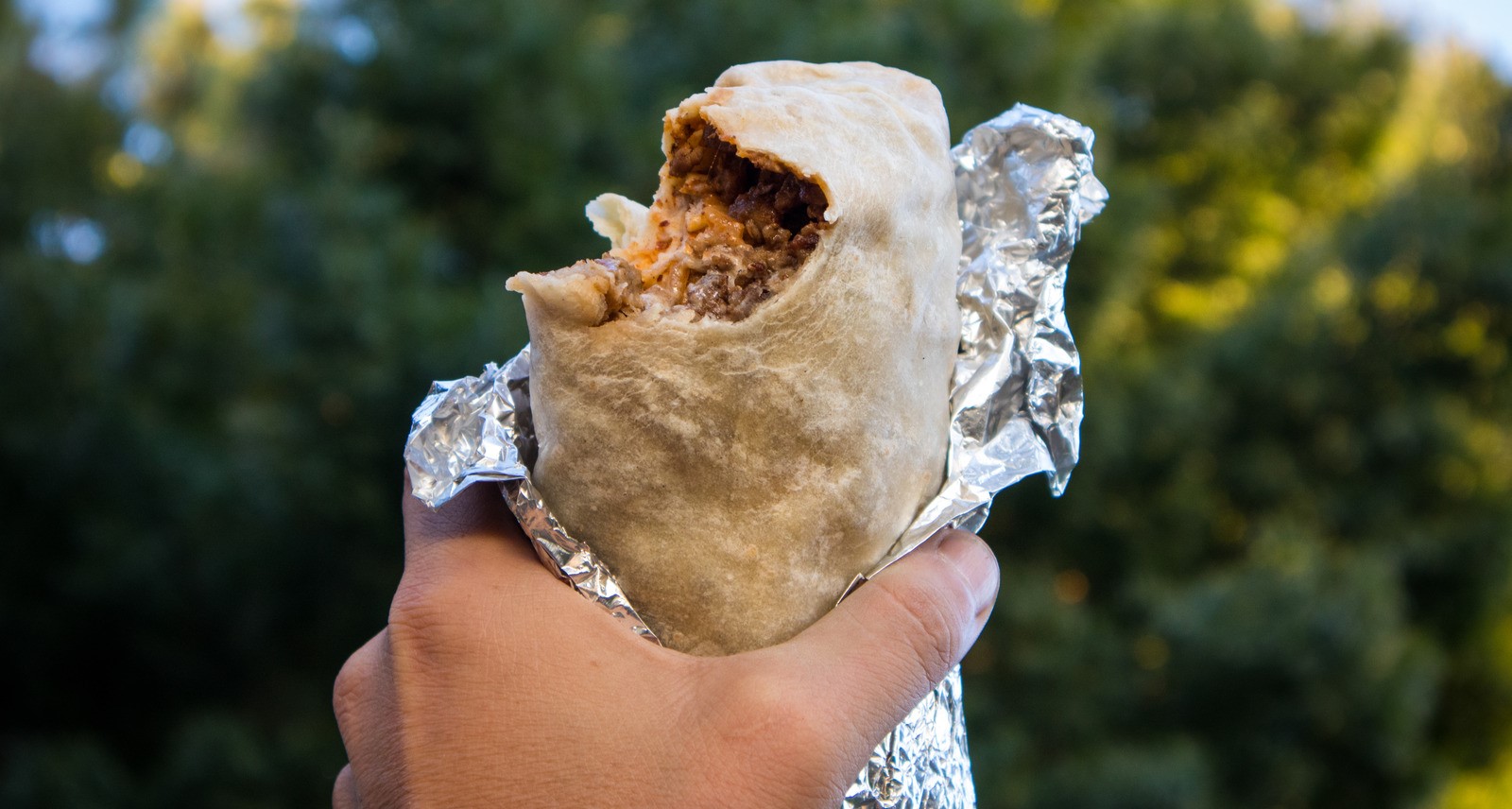Enjoying Cold Udon: A Refreshing and Delicious Experience
When it comes to Japanese cuisine, udon noodles are a beloved staple. These thick, chewy noodles are versatile and can be enjoyed in a variety of ways. While udon is commonly served in hot soups, it can also be enjoyed cold, especially during the warmer months. If you’re wondering how to eat cold udon, we’ve got you covered with some tips and tricks to make the most of this refreshing dish.
Choosing the Right Udon Noodles
Before you dive into the world of cold udon, it’s important to start with the right noodles. Look for fresh or dried udon noodles at your local Asian grocery store or in the international aisle of your supermarket. Fresh udon noodles have a soft, springy texture, while dried udon noodles are more firm and chewy. Both types work well for cold udon, so choose based on your personal preference.
Preparing the Noodles
Once you have your udon noodles, it’s time to prepare them for serving cold. Follow the instructions on the package to cook the noodles until they are al dente. After cooking, drain the noodles and rinse them under cold water to stop the cooking process and remove excess starch. Once the noodles are cool, drain them well and set them aside.
Creating a Flavorful Sauce
One of the key components of cold udon is the flavorful sauce that the noodles are dressed in. A classic sauce for cold udon is a mixture of soy sauce, mirin, sesame oil, and rice vinegar. You can adjust the proportions of these ingredients to suit your taste, adding a touch of sweetness with a bit of sugar or honey if desired. For a spicy kick, consider adding a dash of sriracha or chili oil to the sauce.
Adding Toppings and Accompaniments
Cold udon is a versatile dish that can be customized with an array of toppings and accompaniments. Some popular choices include:
- Thinly sliced cucumbers
- Shredded carrots
- Sliced scallions
- Nori seaweed
- Sesame seeds
- Tempura flakes
Feel free to get creative and add your favorite ingredients to make the dish your own. The toppings not only add visual appeal but also provide a variety of textures and flavors to complement the udon noodles.
Serving and Enjoying Cold Udon
Once you have prepared your cold udon noodles, it’s time to serve and enjoy them. Divide the noodles into individual serving bowls and drizzle the flavorful sauce over the top. Arrange your chosen toppings on top of the noodles, and consider serving the dish with a side of pickled ginger or a refreshing green tea to complete the experience.
When it comes to eating cold udon, using chopsticks is the traditional way to enjoy the dish. However, if you’re more comfortable with a fork, feel free to use whatever utensil works best for you. As you twirl the noodles and take each bite, savor the chewy texture and the umami-rich flavors of the sauce.
Conclusion
Cold udon is a delightful and satisfying dish that is perfect for warm weather or whenever you’re craving a refreshing meal. By choosing the right noodles, preparing a flavorful sauce, adding your favorite toppings, and savoring each bite, you can experience the joys of cold udon in your own home. Whether you’re a udon aficionado or trying it for the first time, cold udon is a must-try for any lover of Japanese cuisine.
So, the next time you’re looking for a delicious and cooling meal, consider making a batch of cold udon and savoring the unique flavors and textures of this beloved Japanese dish.
